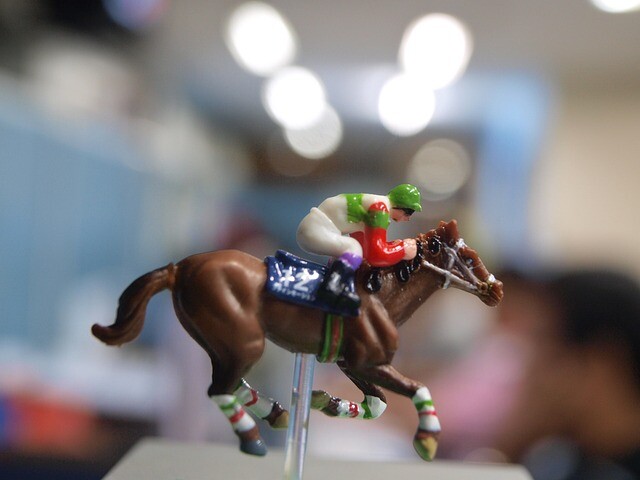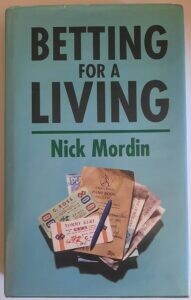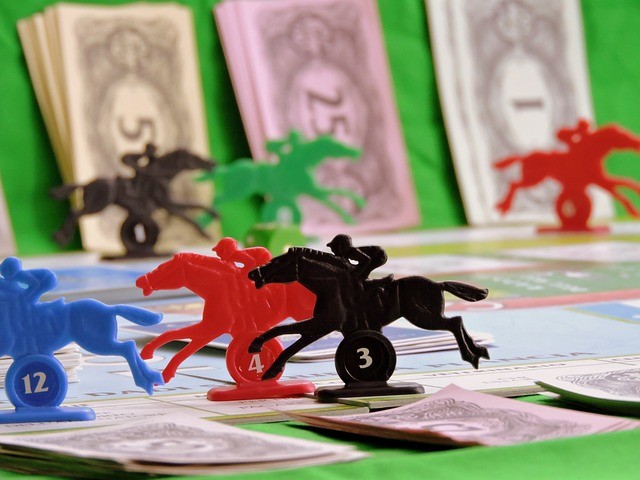 Casino betting and horse racing may seem like separate worlds, but the strategies used in both can complement each other. From bankroll management to understanding odds, casino skills can improve your track betting.
Casino betting and horse racing may seem like separate worlds, but the strategies used in both can complement each other. From bankroll management to understanding odds, casino skills can improve your track betting.
This article explores how popular casino strategies enhance horse-racing wagers. We cover strategies like progressive betting systems, risk management, and value betting.
By drawing parallels between the two, you’ll find effective ways to boost returns and refine your betting approach.
Understanding the Basics of Casino Betting Strategies
Casino betting strategies aim to boost your winning potential and reduce risk. One key principle is bankroll management: set a budget and stick to it, ensuring you only bet what you can afford to lose. This keeps your wagers disciplined and gives you more chances to win over time.
You’ll also want to focus on odds analysis, where you evaluate the likelihood of outcomes based on probabilities. Understanding odds helps you make more informed betting decisions, whether you are at the poker table or placing a roulette bet.
Then, there are progressive betting systems like the Martingale or Fibonacci, which involve adjusting your bets after a win or loss. These systems aim to help you recover losses or take advantage of winning streaks. While they don’t guarantee success, they allow you to manage risk and reward more strategically, preventing impulsive betting decisions.
Bankroll Management: A Strategy for Both Casino and Horse Racing Betting
Bankroll management is the practice of setting aside a specific amount of money for betting and managing it wisely to avoid significant losses. Whether you’re playing casino games like blackjack or placing wagers on horse racing at the track, bankroll management is essential for maintaining control and minimising risk.
In horse racing, just like in casino games, it’s important to set a budget before you start betting. For example, if you allocate $200 for a day at the races, only bet a small percentage—such as 5% to 10%—on each event. This method mirrors the way you would set limits for each hand in blackjack or poker, ensuring that a losing streak doesn’t deplete your entire bankroll too quickly.
Disciplined bankroll management helps prevent emotional betting decisions, like chasing losses after a bad race or doubling your bets in frustration. It also allows you to ride out the natural fluctuations in betting results, increasing your chances of long-term profitability.
By sticking to your budget and managing your bets strategically, you can extend your betting experience and increase your opportunities to win, whether you’re at the casino or trackside at a horse race.
Odds Analysis: From Roulette to the Racecourse
Odds play a critical role in both casino games, like roulette, and horse racing. In roulette, each number or combination has a specific probability, and understanding these probabilities helps you make more informed bets. Similarly, horse racing odds reflect the likelihood of a horse winning based on factors like its form, jockey, and track conditions. Mastering odds analysis in both settings is key to improving your betting outcomes.
In casinos, understanding the house edge—the built-in advantage for the casino—helps you assess whether a bet is worth making. In roulette, the house edge depends on the wheel type (American vs. European). This idea applies to horse racing, where odds reflect probability but can also be skewed by public sentiment or inaccurate assessments. Learning to spot value in odds by comparing a horse’s chance of winning to the offered payout is crucial.
When betting on horses, analysing form guides is key. Study past performances, jockey and trainer statistics, and track conditions to assess a horse’s true potential. Then, compare the odds to your own evaluation. If longer odds are offered for a horse than its form suggests, you have a value bet.
This skill is crucial for bettors in both casinos and at the racecourse.
Progressive Betting Systems: Adapting Martingale and Fibonacci to the Racetrack
Progressive betting systems, such as the Martingale and Fibonacci, are popular strategies in casino games. The Martingale system involves doubling your bet after each loss, aiming to recover previous losses when you eventually win. The Fibonacci system follows a sequence where each bet is the sum of the previous two, allowing for a more gradual increase in wager size after losses. You can adapt these systems to horse racing bets.
In horse racing, you can apply the Martingale system by doubling your stake after each losing bet, especially when betting on races with longer odds. The idea is to eventually recoup losses when your chosen horse wins. Similarly, you can use the Fibonacci system when placing small bets across multiple races. By gradually increasing your bets after each loss, you minimise risk while positioning yourself for a larger win.
Hedging Your Bets: A Common Casino Approach Applied to Horse Racing
Hedging in casino games like roulette or in sports betting involves placing extra bets to cover potential losses. In horse racing, you can hedge by betting on multiple horses in the same race to spread your risk.
For example, if you bet on one favourite and a long shot, you increase your chances of a payout. This approach works well in races with unpredictable outcomes, ensuring a return regardless of which horse wins.
Managing Emotions: Poker Face to Race Day
Emotional control is key to making rational decisions. The same applies to horse racing, where high-stakes bets can cloud judgment. Stay calm, focus on your strategy, and avoid chasing losses or impulsive betting. A clear mindset leads to smarter, more calculated wagers.
Leveraging Bonuses: Casino Perks Meet Racing Promotions
Casino bonuses, like free spins or match deposits, offer extra value to players. Similarly, horse racing promotions provide perks such as free bets, loyalty rewards, and enhanced odds. By using these promotions wisely, you can stretch your bankroll, increase your betting opportunities, and potentially boost your overall returns.
From the Casino to the Track: Applying Betting Strategies
Casino betting strategies, such as bankroll management, odds analysis, and progressive systems, can effectively enhance your horse racing bets. By transferring your knowledge from casino games to the racetrack, you’ll make more informed and strategic wagering decisions, improving your overall betting experience.
 It seems a long time ago, but in the mid 1990s Nick Mordin was very much a name of horse racing journalism, from research, data analysis, articles in leading publication to the author of popular racing books.
It seems a long time ago, but in the mid 1990s Nick Mordin was very much a name of horse racing journalism, from research, data analysis, articles in leading publication to the author of popular racing books. In a world where people want to bet on anything and everything, for example on
In a world where people want to bet on anything and everything, for example on  Ever thought your blackjack skills could help at the racetrack? You’re not alone. Many are finding that casino strategies can enhance their horse betting. Casino games and horse racing have more in common than you might think.
Ever thought your blackjack skills could help at the racetrack? You’re not alone. Many are finding that casino strategies can enhance their horse betting. Casino games and horse racing have more in common than you might think. Casino betting and horse racing may seem like separate worlds, but the strategies used in both can complement each other. From bankroll management to understanding odds, casino skills can improve your track betting.
Casino betting and horse racing may seem like separate worlds, but the strategies used in both can complement each other. From bankroll management to understanding odds, casino skills can improve your track betting.